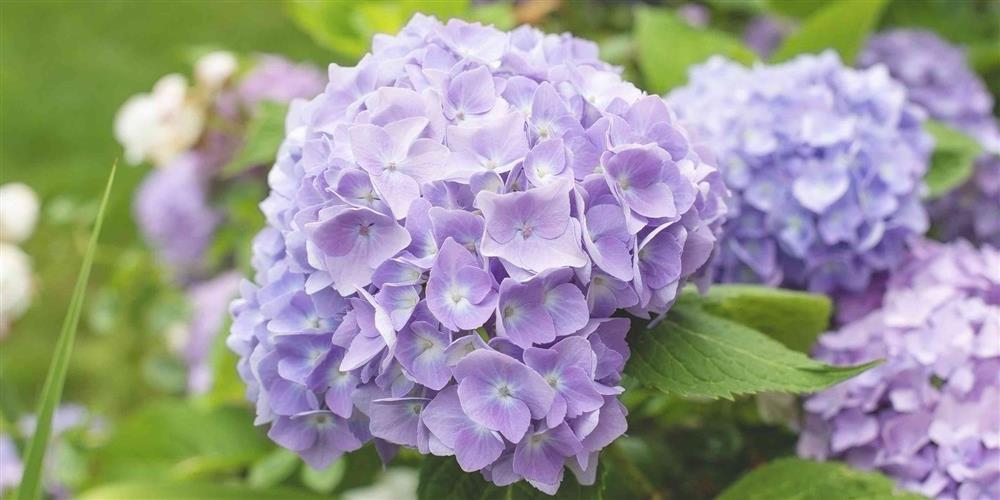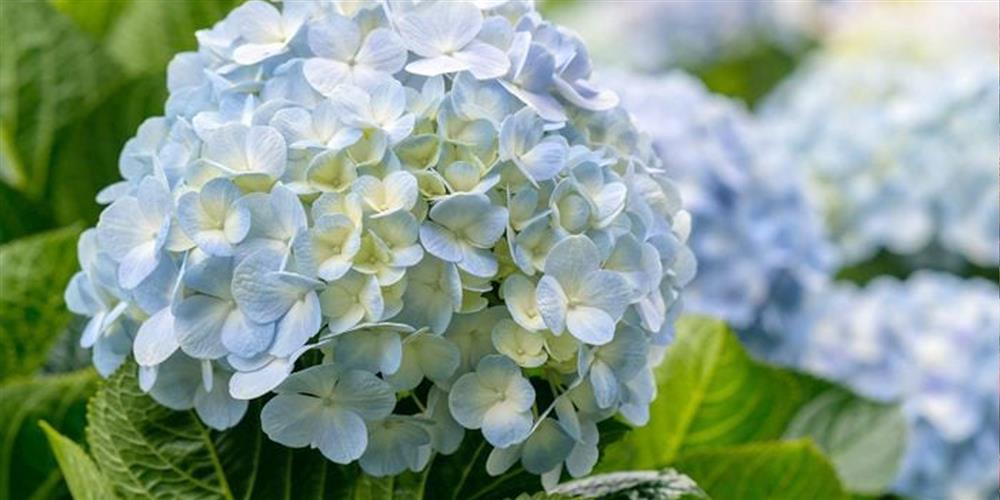Hydrangeas are a favourite in many UK gardens, celebrated for their lush, voluminous blooms and vibrant colours. However, despite their popularity, hydrangeas are often surrounded by myths and misconceptions. At FlowerSuppliers, we believe that understanding the true nature of these beautiful plants can help you cultivate them more successfully and enjoy their full potential. Let’s clear up some of the most common misunderstandings about hydrangeas and provide you with the facts you need.
Myth 1: Hydrangeas Are Hard to Grow
Fact: Hydrangeas are actually quite resilient and, with the right conditions, can be a joy to grow. They thrive in well-drained soil, and while they enjoy consistent moisture, they do not like to be waterlogged. Place them where they receive morning sun and afternoon shade for the best results. Once established, they can be relatively low maintenance, making them perfect for both novice and experienced gardeners.
Myth 2: Hydrangeas Only Bloom in One Colour
Fact: One of the fascinating aspects of hydrangeas is their ability to change colour based on soil pH. For instance, Hydrangea macrophylla can display blue, pink, or even purple blooms. Acidic soil (pH below 6) typically results in blue flowers, while alkaline soil (pH above 7) encourages pink blooms. If you prefer a particular colour, you can adjust your soil's pH accordingly using soil amendments.
Myth 3: Hydrangeas Can Only Be Planted in Spring
Fact: While spring is a popular time to plant hydrangeas, autumn is also an excellent time to get them in the ground. Planting in the autumn gives the roots time to establish before the heat of summer or the cold of winter. Ensure the plant is well-watered and mulch around the base to protect it from frost.
Myth 4: All Hydrangeas Require the Same Care
Fact: Different hydrangea varieties have unique care needs. For example:
- Hydrangea macrophylla (Bigleaf): Prefers partial shade and needs regular moisture.
- Hydrangea paniculata (Panicle): Tolerates full sun better and can thrive with less water.
- Hydrangea arborescens (Smooth): Can handle a variety of light conditions but benefits from morning sun and afternoon shade.
Understanding the specific needs of your hydrangea variety will help you provide the best care.
Myth 5: Hydrangeas Cannot Survive Harsh Winters
Fact: Many hydrangea varieties are hardy and can survive the UK's winter conditions. For example, Hydrangea paniculata and Hydrangea arborescens are particularly winter-hardy. To protect your hydrangeas, mulch around the base to insulate the roots and, if necessary, cover with a burlap wrap to shield them from frost.
Myth 6: Hydrangeas Need Full Sun to Thrive
Fact: While some hydrangeas can handle full sun, many varieties prefer partial shade, especially during the hottest part of the day. Hydrangea macrophylla, for instance, benefits from morning sun and afternoon shade. Too much direct sunlight can cause the leaves to scorch, so it's important to find the right balance.
Myth 7: Pruning Hydrangeas Is Complicated
Fact: Pruning hydrangeas is straightforward once you know which variety you have. Hydrangea macrophylla blooms on old wood, so it should be pruned immediately after flowering. Hydrangea paniculata and Hydrangea arborescens bloom on new wood, so they can be pruned in late winter or early spring before new growth begins. Proper pruning encourages healthy growth and abundant blooms.
Myth 8: Hydrangeas Are Prone to Many Pests and Diseases
Fact: While hydrangeas can be susceptible to certain pests and diseases, they are generally robust plants. Common issues include aphids, powdery mildew, and root rot. Regularly inspect your plants and use appropriate treatments, such as insecticidal soap for pests and proper watering techniques to avoid root rot. With a little attention, these problems can be managed effectively.
Conclusion: Embracing the Beauty of Hydrangeas
By debunking these common myths, we hope to encourage more gardeners to embrace the beauty and versatility of hydrangeas. With the right care and understanding, hydrangeas can thrive in your garden, providing stunning blooms year after year. At FlowerSuppliers, we're here to support you with the highest quality plants and expert advice to make your gardening experience successful.
Remember, whether you're a seasoned gardener or just starting, hydrangeas are a wonderful addition to any garden. They offer a rich tapestry of colours and forms, bringing joy and beauty to your outdoor space. Happy gardening!



